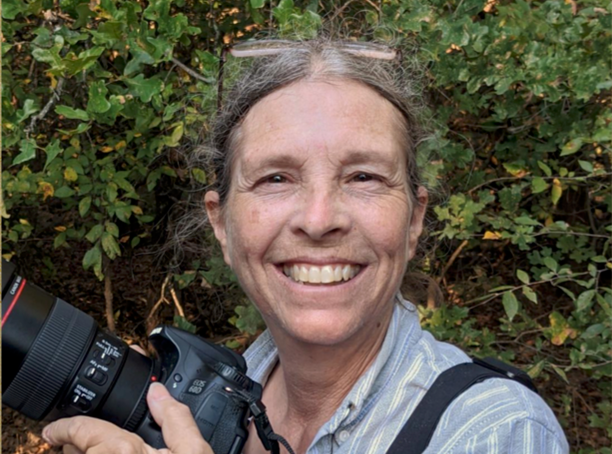Carol Clark is an amateur botany enthusiast, a Texas Master Naturalist, a longtime member of the Native Plant Society of Texas, and is a Conservation Specialist with Monarch Watch.
She also co-administrates the Texas Native Bee Co-op Facebook page, and chairs the Bring Back the Monarchs to Texas committee. She and her husband own and operate Clark Haven Farm, a wildlife preserve and custom wildflower seed business in Cooke County.
Carol grew up with a nature photographer father and wildlife artist brother, and has spent much of her life looking around and learning in the great outdoors. Her favorite things to do are leading discovery walks in local natural areas, and finding and photographing interesting plants and insects.


